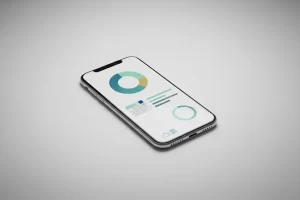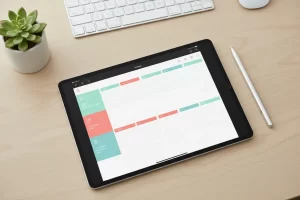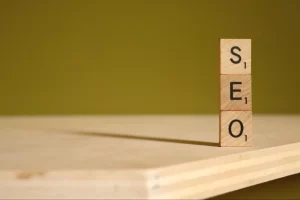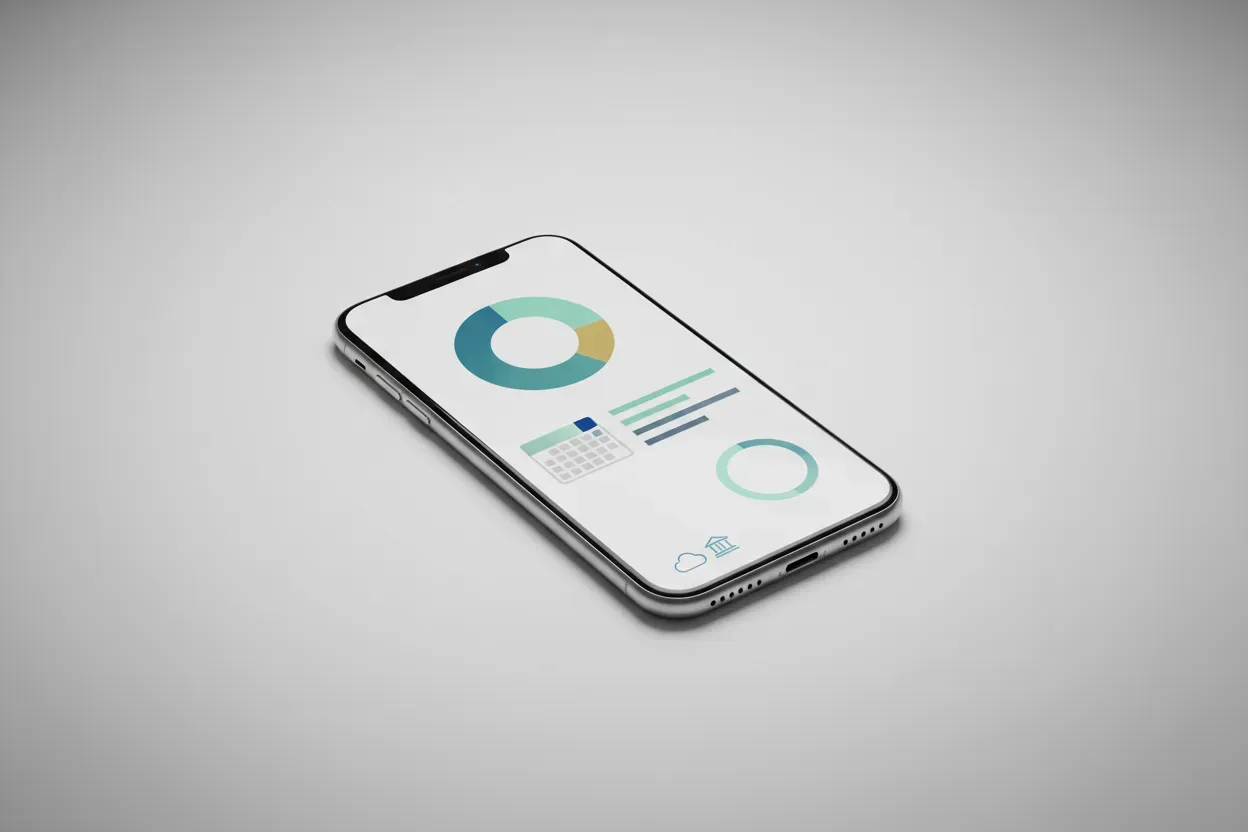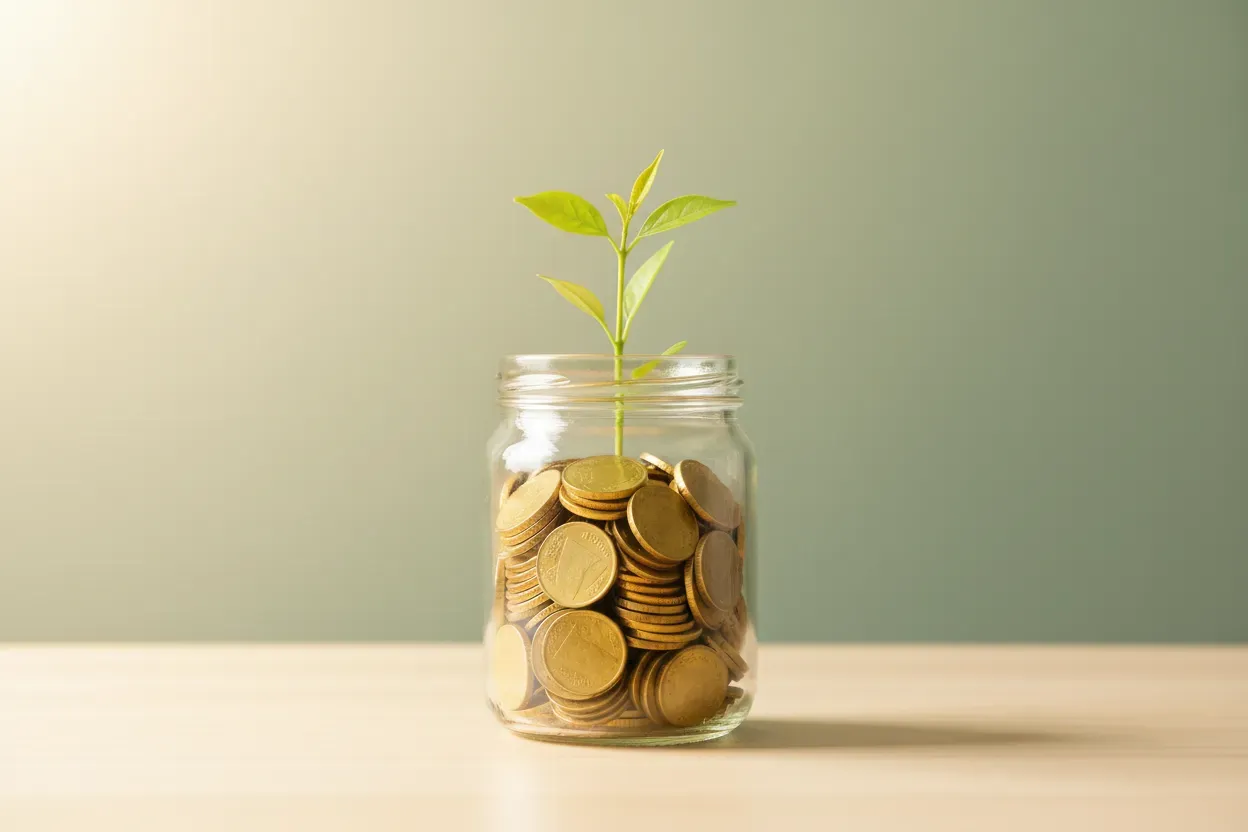How Do You Incorporate Sustainability Practices into Your Business While Maintaining Financial Viability?
In the quest for eco-friendly business models that don’t hurt the bottom line, we’ve gathered insights from CEOs, founders, and directors. They share how sustainability and profitability can go hand in hand, from adopting energy-efficient hardware to innovating with digital staging. Dive into the diverse strategies used by ten leaders to integrate sustainable practices into their businesses.
- Adopt Energy-Efficient Hardware
- Go Paperless
- Bulk Purchase and Reduce Packaging
- Choose Sustainable Suppliers
- Empower Employee-Driven Sustainability
- Transition to a Remote Team
- Install Energy-Efficient Lighting
- Use Solar-Powered Security
- Implement Recycling
- Innovate with Digital Staging
Adopt Energy-Efficient Hardware
As CEO of a tech company, one of the sustainable practices we’ve integrated into our daily operations is the utilization of energy-efficient hardware. Our servers, computers, and other electronic equipment are all certified as energy-efficient, meaning they consume less electricity and produce fewer greenhouse gas emissions.
This simple switch didn’t just lower our carbon footprint but also significantly reduced our energy bills. It’s a crystal-clear example that sustainability and maintaining robust financial performance can be achieved hand-in-hand.
 Abid Salahi
Abid Salahi
Co-Founder & CEO, FinlyWealth
Go Paperless
Integrating sustainable practices into our business operations has been a priority, and one of the most impactful changes we made was transitioning to a nearly paperless office. Initially, I was concerned that this shift might disrupt our workflow or incur additional costs.
However, after implementing digital document management systems and encouraging electronic communications, we not only reduced our environmental footprint but also realized significant savings on printing and storage costs.
I remember a time when we would spend hours sifting through physical files, which was both time-consuming and inefficient. Now, with everything digitized, our processes are faster, more secure, and much more eco-friendly.
This move not only aligned with our sustainability goals but also improved our bottom line, proving that going green can be a win-win for both the environment and the business.
 Aseem Jha
Aseem Jha
Founder, Legal Consulting Pro
Bulk Purchase and Reduce Packaging
We integrated sustainable practices by switching to bulk purchasing and reducing packaging waste. This change cut our material costs by 15% and lowered shipping expenses. Not only did it enhance our environmental footprint, but it also proved financially beneficial, demonstrating that sustainability and cost-efficiency can go hand-in-hand.
 Bram Louwers
Bram Louwers
Director, BrainManager
Choose Sustainable Suppliers
One significant example of how I integrated sustainable practices into our business operations without compromising financial performance was by switching to certified sustainable suppliers for our raw materials. This decision went beyond cost management; it was a commitment to our core values. While the initial expenses were higher, we saw it as an investment in our brand’s long-term future.
We made sustainability central to our brand story, clearly communicating the environmental benefits of our products to our customers. Our genuine dedication to sustainable practices resonated with eco-conscious consumers, who appreciated our commitment to improving the planet. We attracted a loyal customer base and maintained our profit margins, proving that sustainability and financial success can indeed coexist.
 Brian Staver
Brian Staver
CEO, NetPayAdvance.com
Empower Employee-Driven Sustainability
I actively encouraged employees to propose sustainability projects within our office, which led to the implementation of several cost-saving measures. We focused on reducing paper usage and adopting energy-efficient practices, such as switching to LED lighting and optimizing our heating and cooling systems.
These grassroots initiatives resulted in substantial operational savings and significantly boosted employee morale and engagement. By involving staff in these efforts, we fostered a sense of ownership and pride, which positively impacted overall productivity and company culture. This approach demonstrated that empowering employees in sustainability can drive both financial and cultural benefits, effectively achieving our environmental and cost-saving goals.
 Sacha Ferrandi
Sacha Ferrandi
Founder & Principal, Source Capital
Transition to a Remote Team
Sustainable practices have been a core focus in my business operations at SEO Optimizers. One approach I’ve taken is minimizing our carbon footprint by transitioning to a fully remote team. This decision wasn’t just about cutting costs; it was about aligning our business model with our values. By eliminating the need for a physical office, we’ve reduced energy consumption and the environmental impact of daily commutes. Financially, this move allowed us to reallocate resources toward employee development and client services, enhancing both productivity and profitability.
Another sustainable practice we implemented is leveraging digital tools that reduce paper usage. For example, we moved all our documentation, contracts, and client communications to cloud-based platforms. This shift not only streamlined our workflow but also cut down on paper waste. The initial investment in these tools paid off quickly by improving operational efficiency and reducing overhead costs. Through these changes, we’ve been able to maintain strong financial performance while staying true to our commitment to sustainability.
 Brandon Leibowitz
Brandon Leibowitz
Owner, SEO Optimizers
Install Energy-Efficient Lighting
One example of how I’ve integrated sustainable practices is by switching to energy-efficient lighting in our warehouses and showrooms. We replaced old bulbs with LED lights, which use less energy and last longer.
This change saved us money on electricity, and the initial cost paid off quickly. It also showed our customers that we care about the environment. By highlighting our commitment to sustainability, we attracted more customers who appreciate eco-friendly practices. This move helped us boost our profits while staying true to our values.
 Andrew Merrick
Andrew Merrick
Owner & CEO, Aquasoltech
Use Solar-Powered Security
One way I’ve used sustainable practices is by using solar-powered security cameras. Instead of using regular power sources, we installed solar panels to power our systems. This change cut our energy costs and gave our clients a greener option. Customers like the lower energy bills and the eco-friendly aspect of our services. This approach helped us save money and attract new clients who care about sustainability, showing that we can be responsible and make a profit at the same time.
 Paolo Piscatelli
Paolo Piscatelli
Owner & CEO, Alarm Relay
Implement Recycling
By switching to energy-efficient lighting and reducing waste through a comprehensive recycling program, we cut our energy costs by 20% and lowered waste disposal fees. Not only did this improve our environmental footprint, but it also enhanced our financial performance, proving that sustainability can be both eco-friendly and cost-effective.
 Alan Noblitt
Alan Noblitt
President, Seascape Capital, LLC
Innovate with Digital Staging
When we first started thinking about sustainability at Bella Virtual Staging, the challenge was how to make meaningful changes without hitting our financial goals. One initiative I’m particularly proud of is our shift toward using digital staging options wherever possible. By moving away from physical props and materials and focusing more on high-quality virtual designs, we not only reduced waste but also saw a significant reduction in costs related to logistics and storage.
This change didn’t just protect our margins—it actually opened up new revenue streams, as clients increasingly preferred the flexibility and innovation that virtual staging offered. So, in a sense, our commitment to sustainability has not only preserved but actually enhanced our financial performance.
 JD Lloyd
JD Lloyd
Business Development Manager and Project Manager, Bella Virtual Staging

